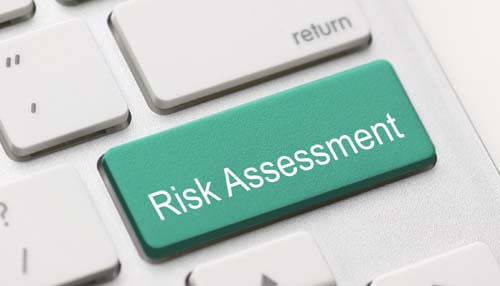Fraud is a growing problem for businesses of all types. It costs companies millions of dollars each year to defend themselves against fraud, and its effects can be devastating for small businesses. As a result, a company has created a fraud prevention plan in an attempt to come up with anti-malware protection and prevent fraud from happening in the first place. Create a fraud prevention plan for your business by using AI and other technologies to mitigate risk, train employees, and detect and prevent fraudulent activity.
These plans vary from company to company but typically include the following:
Step 1: Define Your Goals for Your Fraud Prevention Plan for Your Business
The first step to creating a fraud prevention plan for your business is to define the business’s goals. These should be clearly defined, measurable, and attainable.
To create a fraud prevention plan that will make a difference, you need to set realistic expectations for the number of fraudulent transactions that can be prevented. The more you entice customers to engage in fraudulent behavior, the more they’ll do it. That’s why it’s important to focus on preventing fraudulent transactions from occurring in the first place.
Step 2: Create a Risk Assessment Process in Fraud Prevention Plan for Your Business
The second step in creating a fraud prevention plan is conducting an assessment of your business’s current security measures and vulnerabilities. This includes identifying potential areas of vulnerability and implementing new security measures to reduce those risks.
Step 3: Develop Policies and Procedures for a Fraud Prevention Plan for Your Business
Once you have identified your business’s vulnerabilities, you need to develop policies and procedures that will protect against those risks. For example, if you’re using social media for advertising purposes, then you should create policies prohibiting employees from using that same platform for fraudulent purposes.
Step 4: Train employees on fraud prevention techniques
Once you’ve created a fraud prevention plan, policies, and procedures, it’s time to train your employees on how they should respond when they encounter suspicious activity during their day-to-day work activities or even at home while browsing their phones or computers at night.
Step 5: Ensure effective communication
In the process of fraud prevention, be sure that there is an open line of communication between employees who handle customer relations and those who handle financial matters (such as bookkeeping or accounts payable). This communication channel should include both internal email addresses and phone lines so that you can quickly address any issues or questions as they arise rather than waiting until it becomes an emergency where you have no time to respond appropriately.
Step 6: Use technology to detect fraud
Technology can help you detect fraud before it occurs, and stop your business from becoming the next victim. The more data you have, the better the chance of detecting a fraudulent transaction. For example, using credit card data to identify fraudulent transactions can give you an idea of where they’re happening. This can help you develop a plan for how your business will deal with this type of fraud.
Step 7: Automate your processes
You want to make sure that none of your employees is performing the same tasks over and over again. This will help you identify when something is being done incorrectly, which could be a sign of fraud.
Step 8: Use artificial intelligence (AI)
AI is a perfect tool for detecting fraud because it can monitor data and identify patterns that would otherwise go unnoticed by humans. It can also detect anomalies that occur too often or too seldom about other data points to spot anomalies like fraudulent transactions occurring at a certain time of day or during certain periods of the year, etc.
Step 9: Conduct Background Checks as Part of Fraud Prevention Plan for your Business
It’s important to know who you’re dealing with, especially when it comes to financial transactions. It’s also wise to check for any red flags in their history or criminal records. You should also make sure that your employees are protected from identity theft by using a password manager and monitoring their online activity.
Step 10: Schedule regular meetings with employees and business partners
Hold regular meetings with your employees where you discuss how to prevent fraud, what types of fraud you’ve seen in the past year, and how to respond when something does happen. It’s important for everyone in an organization, from salespeople to managers, to understand their role in preventing fraud from happening in your business by being informed about its causes and consequences, as well as how they can stop it from happening again next time around (if there is one). Also, work closely with all your business partners to come up with a hybrid anti-malware protection plan.




